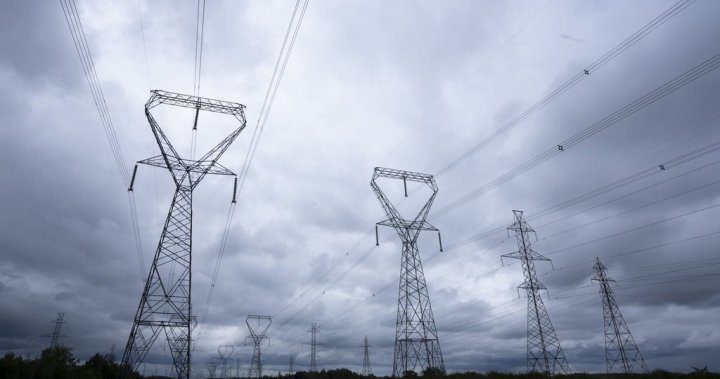The pristine image of Ontario’s clean energy revolution is showing troubling cracks as greenhouse gas emissions from electricity generation have quietly climbed to their highest levels since the province’s coal phase-out a decade ago. This alarming trend threatens to undermine Canada’s climate commitments while raising serious questions about Ontario’s energy strategy.
Data analyzed by CO24 reveals that carbon emissions from Ontario’s electricity sector have increased by approximately 400% since 2017. This surge coincides with the province’s growing reliance on natural gas plants to meet electricity demands, particularly during peak usage periods and to compensate for nuclear facility refurbishments.
“What we’re witnessing is a concerning reversal of environmental progress,” says Dr. Elena Morales, climate scientist at the University of Toronto. “The province invested billions in eliminating coal power, yet we’re now seeing emission levels reminiscent of that era through increased natural gas dependency.”
The Ford government’s energy policies have come under intense scrutiny from environmental groups. The Independent Electricity System Operator (IESO) has been directed to expand natural gas capacity, with plans to increase gas-fired generation by 40% to address projected electricity shortfalls. This expansion directly conflicts with Canada’s climate targets, which call for a 40-45% reduction in emissions by 2030.
Adding to the controversy, internal government documents obtained through freedom of information requests show that decision-makers were repeatedly warned about the emissions impact of this strategy. The documents detail how the projected emission increases would effectively erase nearly half the progress made by eliminating coal plants in 2014.
“We’ve analyzed the numbers thoroughly, and there’s no escaping the fact that Ontario is moving backward on emissions,” explains Jack Thompson, energy analyst at Clean Energy Ontario. “The current trajectory puts us on path to exceed 12 megatonnes of CO2 annually from the electricity sector alone by 2030—roughly equivalent to adding 2.6 million cars to Ontario roads.”
The emissions surge comes at a particularly critical moment in Canadian politics. The federal government faces mounting pressure to meet international climate commitments, while provincial authorities defend their energy decisions as necessary for reliability and affordability. This tension highlights the complex balance between immediate energy needs and long-term environmental goals.
Economic analyses indicate that the province’s growing reliance on gas may also expose consumers to future price volatility. Natural gas prices have historically experienced significant fluctuations, and with carbon pricing mechanisms expected to increase over time, the financial burden on Ontario ratepayers could grow substantially.
“The economics don’t add up,” notes financial analyst Sarah Williams from the Energy Economics Institute. “When you factor in rising carbon prices and the falling costs of renewable alternatives, this gas-heavy strategy risks becoming a financial anchor for the province. Business leaders are increasingly concerned about both climate and financial implications.”
Several municipalities, including Toronto, Hamilton, and Ottawa, have passed resolutions calling for a provincial phase-out of gas-fired electricity. These local governments cite concerns about both climate impacts and air quality in their communities, particularly in areas where gas plants operate near residential neighborhoods.
As Ontario prepares for upcoming provincial elections, energy policy has emerged as a pivotal issue. Opposition parties have proposed alternative approaches that would prioritize conservation, efficiency, and accelerated renewable deployment, while the current government defends its strategy as the only realistic path to maintain system reliability.
With electricity demand projected to grow significantly due to electrification of transportation and heating, the decisions made today will shape Ontario’s emissions profile for decades to come. As world leaders continue pushing for more aggressive climate action, Ontario’s regression raises a troubling question: Have we sacrificed long-term environmental goals for short-term expediency in our electricity planning?










